Black Mold on Windows: Causes, Dangers, and Solutions
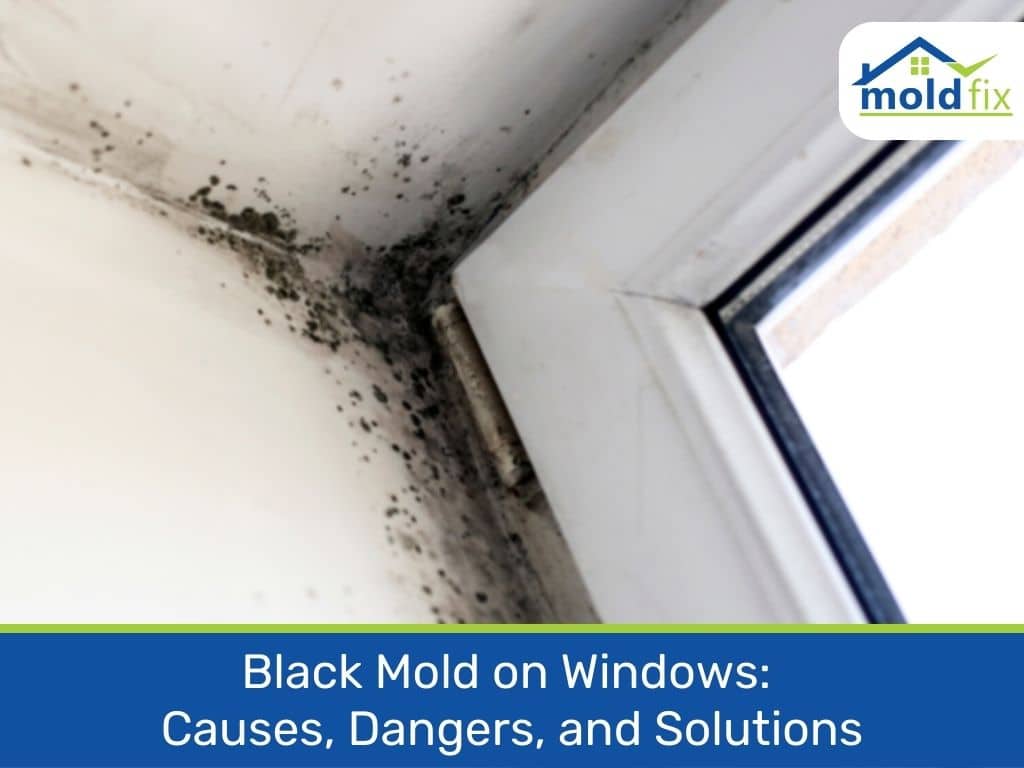
Black mold on windows is a common problem that can be unsightly and potentially hazardous. It can cause a variety of health issues, as well as structural damage to your home, if left untreated. But understanding the causes, dangers, and solutions for black mold on windows will help you keep this issue from getting out of control. In this article, we’ll discuss what causes black mold to form on windows, the potential health risks associated with it, and how to clean and prevent its growth in the future. Remember, it’s important to call a professional when mold growth is substantial, persistent, or if health symptoms arise.
Understanding Black Mold
Black mold is a type of fungus that thrives in warm, damp environments—like around window frames or sills where condensation accumulates. This greenish-black colored fungus releases spores into the air, which can cause allergic reactions and other health problems when inhaled by humans or pets.
It’s important to know how to identify black mold so you can take action quickly if it appears on your windows. Fortunately, there are steps you can take to clean up existing infestations as well as prevent future growth. But first, let’s learn what causes black mold growth on your windows.
3 Common Causes of Black Mold on Windows
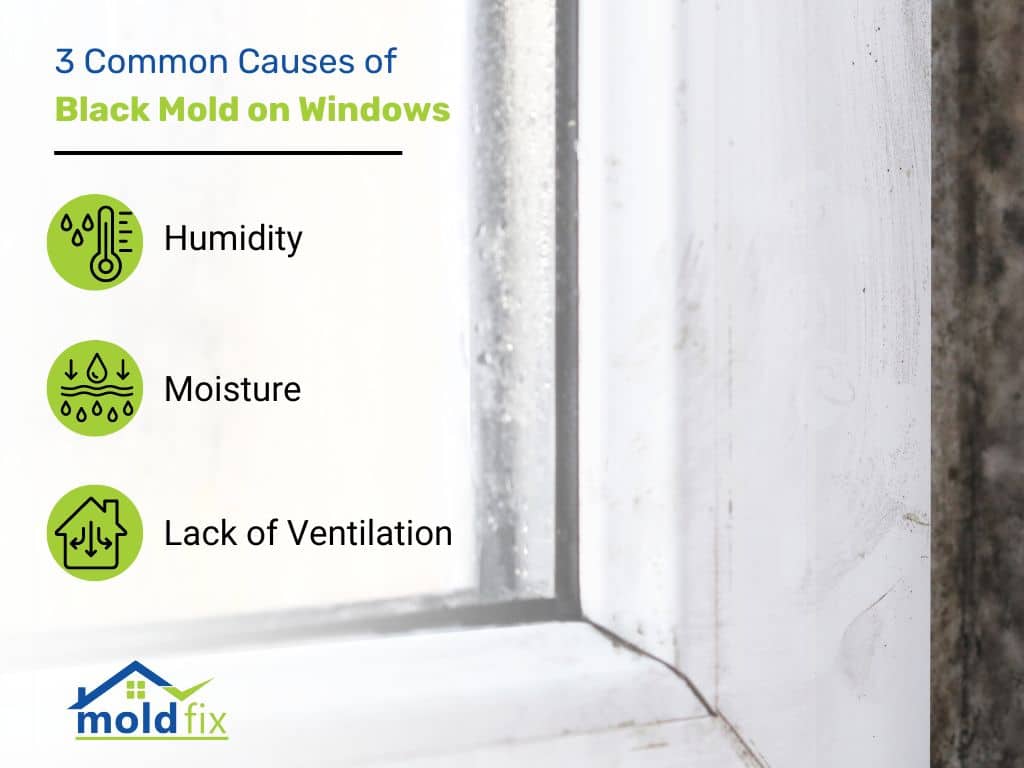
Black mold thrives in damp, warm environments, making windows an ideal spot for growth. The main culprits include:
1. Humidity: High humidity levels, common in [specific context/location/environment], create a conducive environment for mold growth.
2. Moisture: Condensation on windows provides the moisture that mold spores need to grow.
3. Lack of Ventilation: Poorly ventilated areas can trap damp air, encouraging mold growth.
Understanding these causes is the first step toward effective prevention and treatment.
Dangers of Black Mold
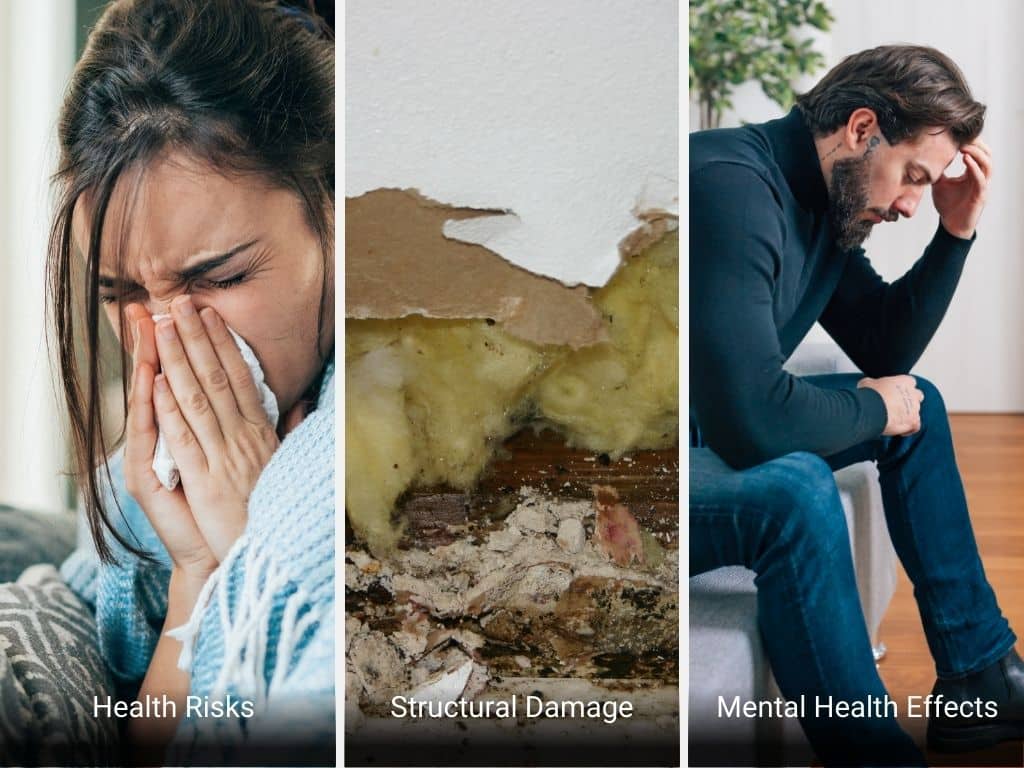
The presence of black mold on windows poses significant risks, both to your health and the integrity of your building.
Health Risks
Black mold can cause a variety of health problems, from mild symptoms to more severe conditions. Inhaling or touching black mold spores can cause hay fever-like allergic reactions in humans, such as sneezing, coughing, red eyes, and rashes. Long-term exposure to black mold can also worsen existing asthma and respiratory conditions like bronchitis and emphysema. According to National Center for Healthy Housing, “approximately 6-10% of the general population, and 15-50% of persons who are genetically prone to develop allergies (atopic individuals), are allergic to mold”.
Structural Damage
In addition to the health risks, black mold can cause significant structural damage. If left untreated, it can spread to walls and other surfaces, leading to the deterioration of wood, drywall, plaster, and insulation. Here’s an interesting fact about mold by Realtime Laboratories Inc., “Each year mold destroys more wood than all the fires and termites combined. (Luke Armstrong, 2016)”. This is why it’s important to address any signs of black mold on windows as soon as possible.
Mental Health Effects
Black mold can have a lasting impact on mental health as well. Prolonged exposure to black mold can induce feelings of anxiety, stress, and depression due to high levels of airborne toxins. These toxins can then cause neurological damage that can impair cognitive function and memory. There may also be an increased risk of developing chronic fatigue syndrome or other psychological disorders.
How to Clean and Prevent Black Mold on Windows
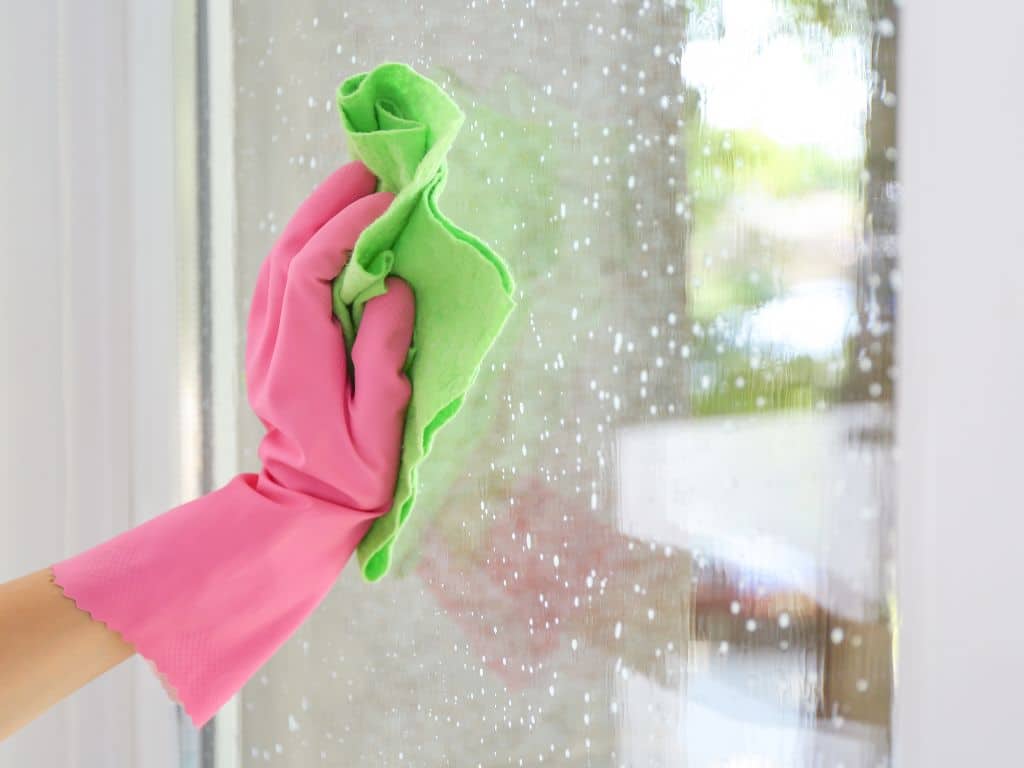
Once you’ve identified black mold on your windows, it’s important to take steps to clean it up and prevent future growth. Here are some tips for doing just that:
1. Wear protective clothing: including goggles, gloves, and a face mask – while cleaning black mold. This will help prevent contact with spores during the process.
2. Ventilate: Make sure all rooms with windows have adequate ventilation. This will reduce the humidity and moisture in the air, making it harder for black mold to thrive.
3. Clean: Use a detergent solution, such as dish soap mixed with water, to remove mold from the window frames and sills. Scrub away any visible growth using a sponge or scrub brush and rinse thoroughly with clean water.
4. Dry: After cleaning, make sure to dry the areas thoroughly using a towel or fan. This will prevent moisture from lingering and creating an environment conducive to mold growth.
5. Repair: If you find any leaking or cracked windows, repair them immediately to keep moisture away from the area.
6. Use an Air Purifier: Using an air purifier in your home can help remove mold spores from the air and reduce your risk of health problems.
7. Use a Dehumidifier: If you live in a humid climate, running a dehumidifier can reduce the amount of moisture in the air, making it difficult for mold to grow.
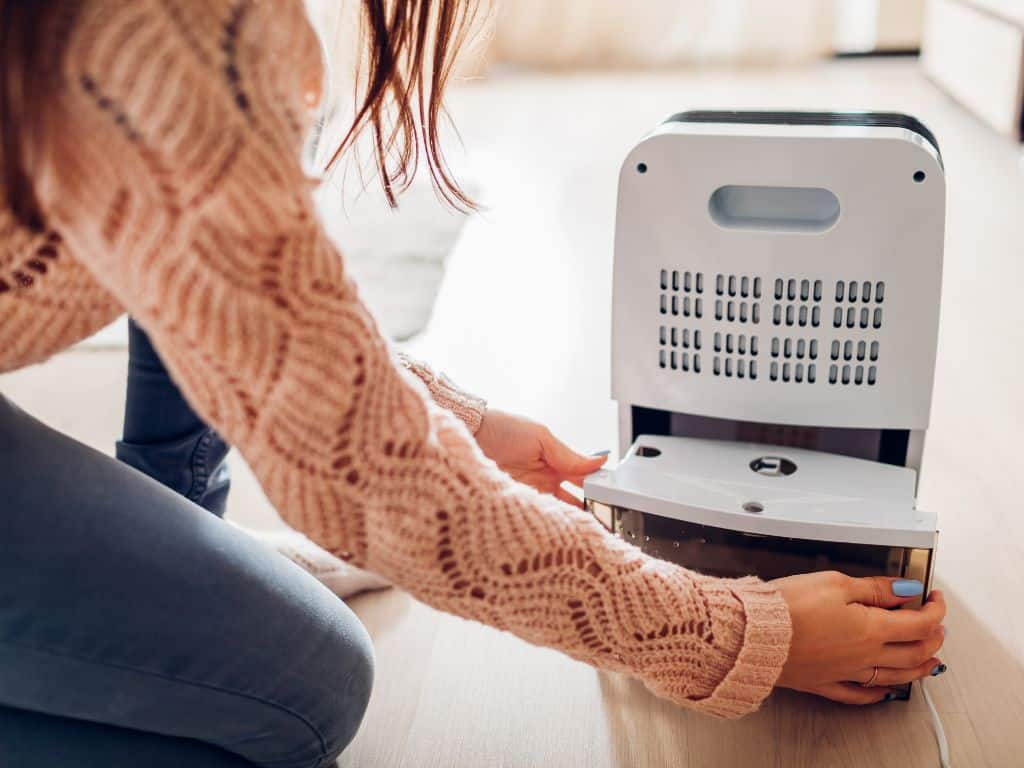
By following these simple steps, you can help keep black mold from taking over your windows. While it may take some effort, it’s worth it in the long run if you want to keep your home safe and healthy.
Professional Mold Removal Services
DIY mold cleaning can help as an initial measure, but when it comes to serious infestations of black mold on windows, professional mold removal services are the best solution. Not only do they have the tools and expertise to remove all traces of mold from your home safely, but they also know how to identify potential sources of moisture that may be contributing to the problem. Professional mold removal experts can inspect your home for any areas where moisture is collecting and advise you on how best to prevent future growth.
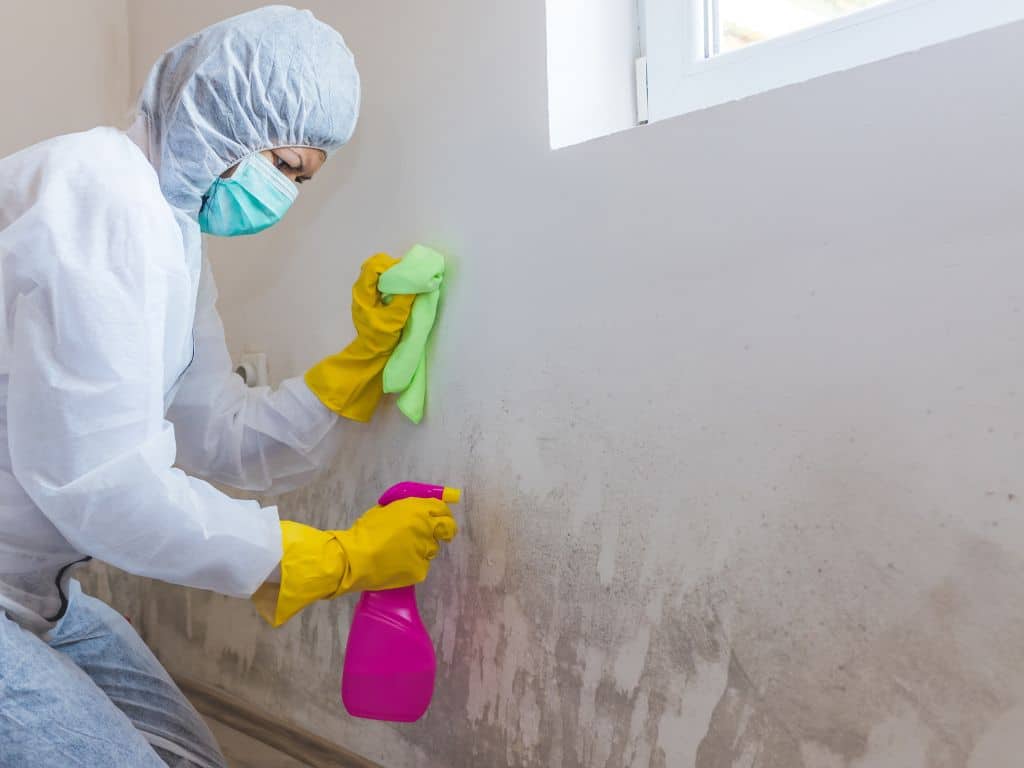
At Mold Fix, our experts can effectively remove extensive mold infestations, ensuring your home is safe. We use specialized equipment such as air filters and dehumidifiers in order to ensure a successful cleanup. With our help, you can rest assured that your home is safe from further health risks or structural damage caused by black mold. Finally, we will give you advice on how to prevent mold problems in the future.
Conclusion
Managing and preventing black mold is critical to maintaining a healthy living environment. Don’t hesitate to reach out if you have any queries or require assistance. Don’t let mold take over your home! Secure your home today with our professional mold removal and prevention services. Call Mold Fix at (949) 449-5949 or schedule an appointment online. We’re here to help.


